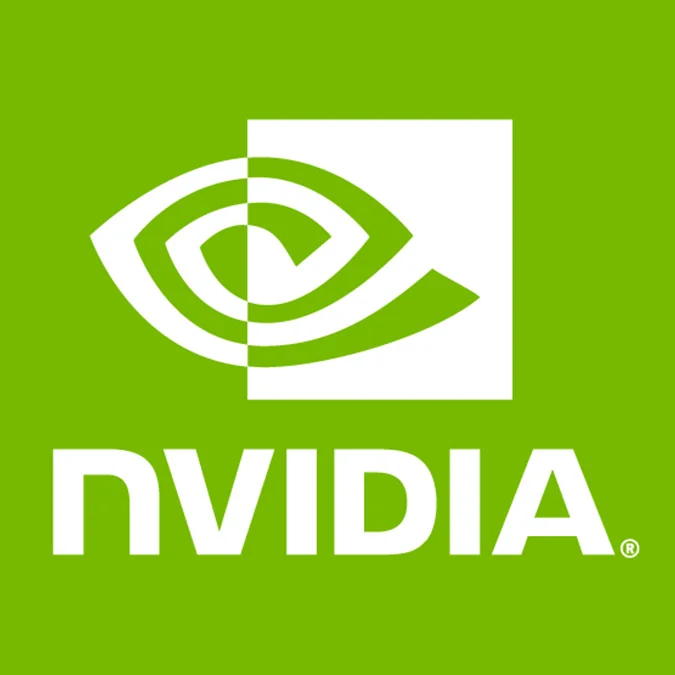What Do You Want From NVIDIA's Next Driver?

Rather than the 200.xx series being NVIDIA's next driver series, the 256 series is what's coming next. We know the 256 release will bring for NVIDIA 3D Vision Surround Technology on GeForce 400/200 Series GPUs, according to this NVIDIA page, but beyond that the details have been scarce. Yesterday it was announced that NVIDIA would unify their desktop and mobile/notebook drivers into a single ForceWare package on Windows (such as mentioned at HotHardware), but NVIDIA's Linux driver is already unified between their desktop and mobile GeForce/Quadro/Tesla product groups. There are though their legacy binary drivers, but nothing is changing there. NVIDIA's Optimus will also be supported by their unified 256 driver on Windows, but NVIDIA still has no plans for rolling out that mobile technology within their Linux driver.
Back in October we interviewed Andy Ritger, who leads the user-space side of the NVIDIA UNIX Graphics Driver team, and in there (among other topics) he shares some of the items that will be worked on over the next twelve months include lots of new hardware support, resolving the buffer presentation/synchronization problems within composited X desktops, and expose VDPAU interoperability with OpenGL and CUDA/OpenCL.
RandR 1.2/1.3 support within NVIDIA's binary driver has also been long neglected, which will hopefully be addressed soon. Other lower priority (or unranked) items mentioned in that interview include kernel mode-setting support, VDPAU information within the nvidia-settings panel, SLI profiles within nvidia-settings, GPU usage monitoring, PerfKit/PerfHUD for Linux, and new installation mechanisms.
One of the common complaints that's also come up as of late with NVIDIA's latest Linux drivers have been issues surrounding PowerMizer not working correctly, which is hopefully one of the fixes that will work its way into NVIDIA's Release 256 for Linux / OpenSolaris / FreeBSD.
In 2006 and 2007 there were security problems with the binary NVIDIA Linux driver and now there is apparently a new zero-day vulnerability within NVIDIA's Linux stack, which we hope will be fixed by the NVIDIA 256.xx release.
Is there anything else you are hoping for with NVIDIA's next major Linux driver release? Let us know in the forums.
76 Comments

